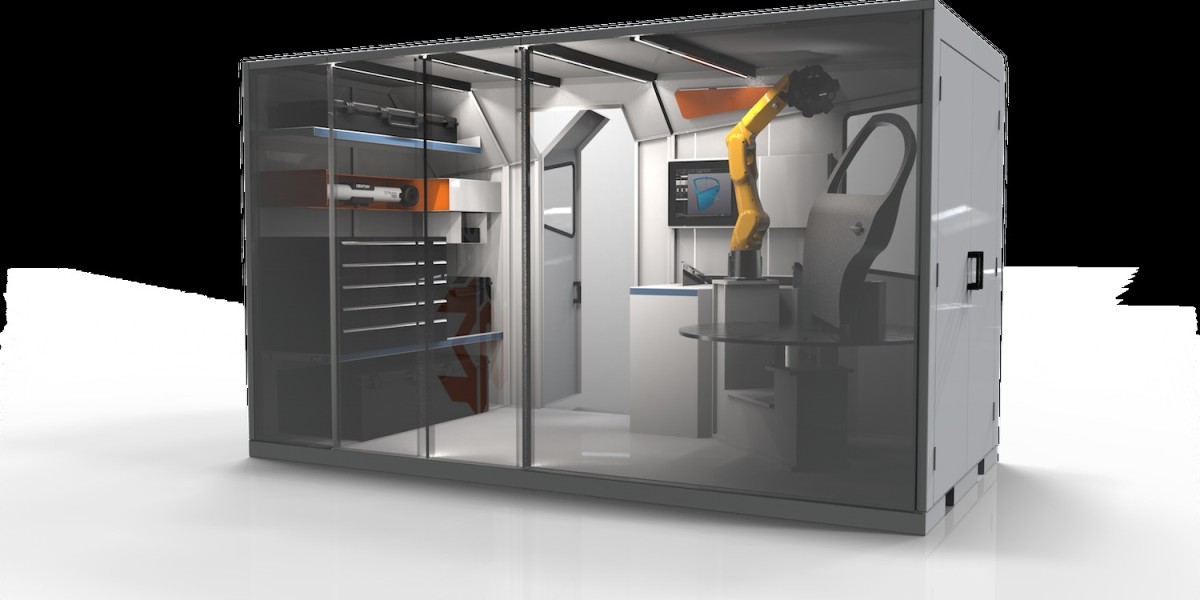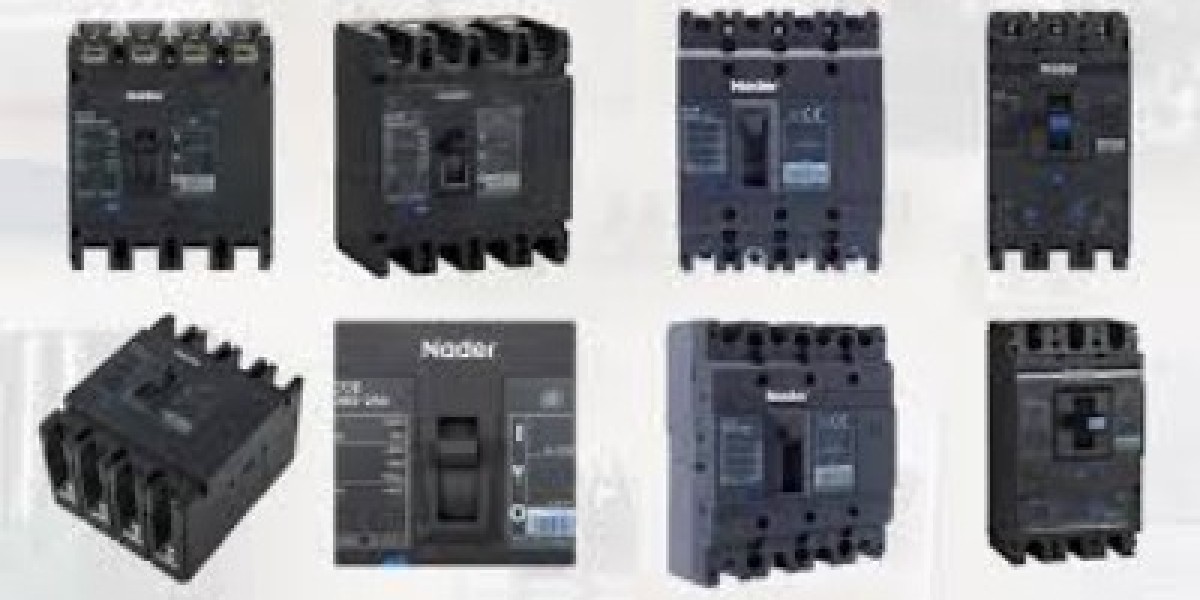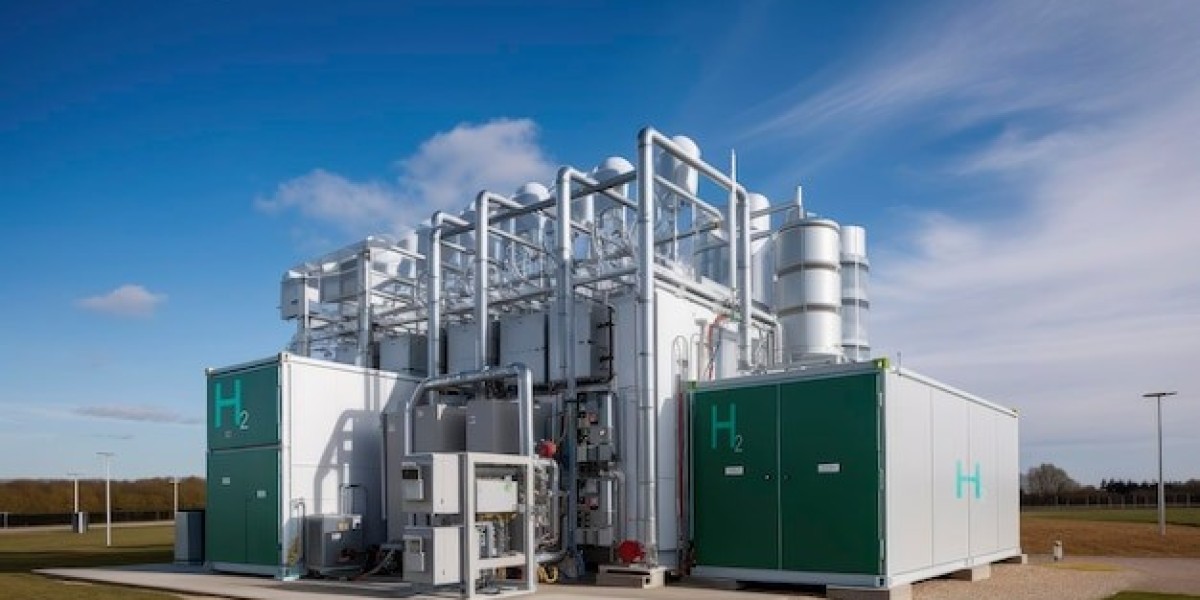Polycarbonate vs ABS Injection Molding: A Comparison
Injection molding is a popular manufacturing process used to create plastic parts and products. Two of the most commonly injection molded plastics are polycarbonate and ABS (acrylonitrile butadiene styrene). But what exactly sets these two thermoplastics apart when it comes to injection molding?
In this comprehensive guide, we’ll examine polycarbonate and ABS injection molding, outlining the key differences and similarities between the two. We’ll look at the properties and characteristics of each plastic, discuss typical applications, and provide tips for how to injection mold each material. Let’s dive in!
Polycarbonate is commonly used for injection molding due to its strength and temperature resistance. This process allows intricate shapes to be molded from this versatile plastic. ABS (acrylonitrile butadiene styrene) is another popular plastic for injection molds, as it can be easily colored and machined. Molded ABS parts are valued for their strength, rigidity, and aesthetics.
Overview of Polycarbonate Injection Molding
Polycarbonate, often referred to as PC, is an extremely versatile thermoplastic polymer. It offers an exceptional balance of transparency, impact and temperature resistance, and ductility.
Polycarbonate is well-suited to injection molding due to its amorphous structure and low melting temperature. It can be molded into complex geometries and thin-wall parts. Some key properties and characteristics of polycarbonate relevant to injection molding include:
- High strength and rigidity
- Impact and fracture resistance even at low temperatures
- Heat resistance up to 130°C
- Excellent dimensional stability
- Good electrical insulating properties
- Transparency and optical clarity
- Ease of molding complex and thin-wall parts
- Low moisture absorption
Polycarbonate is commonly injection molded into components like electrical housings, automotive lenses, medical devices, transparent security windows, and more.
What is ABS Injection Molding?
ABS, short for acrylonitrile butadiene styrene, is another widely used amorphous thermoplastic polymer. It is lightweight with high impact strength and ductility.
ABS is a terpolymer made up of acrylonitrile, butadiene, and styrene monomers. Each component contributes unique mechanical properties:
- Acrylonitrile provides chemical and thermal stability
- Butadiene improves toughness and impact strength
- Styrene gives rigidity and ease of processing
Together, these make ABS a versatile material for injection molding. Key properties include:
- Good strength, rigidity, and high impact resistance
- Chemical and stress crack resistance
- Dimensional stability
- Ease of finishing, painting, and chroming
- Low moisture absorption
- Good electrical insulating properties
Common applications of ABS injection molded parts are automotive components, appliance housings, electronic enclosures, toys, pipes and fittings, and more.
Key Differences Between Polycarbonate and ABS Injection Molding
While both are amorphous thermoplastics well-suited to injection molding, polycarbonate and ABS do have some notable differences:
Optical Properties
One of the biggest differences is optical clarity. Polycarbonate injection molding produces transparent parts, while ABS injection molding yields opaque parts unless special transparent ABS grades are used.
Strength and Impact Resistance
Polycarbonate has very high impact strength, even at low temperatures. It is virtually unbreakable under normal conditions. ABS also has excellent impact resistance, but polycarbonate is stronger especially at low temperatures.
Heat Resistance
Polycarbonate offers better heat resistance, retaining strength and rigidity up to 130°C. ABS has a maximum operating temperature around 80°C before properties start degrading.
Chemical Resistance
ABS shows better resistance to acids, salts, bases, oils, and other chemicals compared to polycarbonate.
Dimensional Stability
Polycarbonate and ABS both have good dimensional stability, but polycarbonate is slightly better and less prone to warpage.
Weatherability
ABS has poor weathering characteristics and will degrade, discolor, and crack when exposed to UV radiation and moisture over time. Polycarbonate offers much better weather resistance.
Molding Characteristics of PC vs ABS
Injection molding polycarbonate and ABS requires different parameters, pre-drying protocols, and design considerations. Here’s an overview:
Molding Temperatures
- Polycarbonate molds at 280-320°C melt temperatures.
- ABS molds at 220-270°C melt temperatures.
Drying Requirements
- Polycarbonate needs thorough drying for 2-4 hours at 120°C before molding to prevent splay and bubbles.
- ABS only needs low temperature drying at 80°C for 2-3 hours.
Mold Design Guidelines
- For polycarbonate, use generous radii, draft angles, and avoid sharp corners.
- ABS can accommodate some sharper corners and details. Avoid highly polished surfaces.
Shrinkage
- Polycarbonate shrinks about 0.5-0.7% during injection molding.
- ABS shrinks approximately 0.3-0.8%.
Cycle Times
- Polycarbonate generally has a faster cycle time by around 20-30%.
- ABS injection molding cycle times are longer due to lower thermal conductivity.
Typical Applications of Polycarbonate vs ABS Injection Molding
The unique material properties lead polycarbonate and ABS injection molded parts to be suited for different applications:
Polycarbonate Injection Molding Uses
- Transparent housings, covers, and lenses
- Medical devices and labware
- Automotive headlamps, instrument clusters
- Riot shields, bulletproof glass
- Electrical components and insulators
- Signs, displays, and machine guards
ABS Injection Molding Uses
- Automotive trim parts and bumper components
- Appliance and electronics housings
- Consumer products like toys, phones, monitors
- Pipes, fittings, valves, and pumps
- Golf club heads, suitcases, musical instruments
Pros and Cons of Polycarbonate vs ABS for Injection Molding
| Property | Polycarbonate | ABS |
|---|---|---|
| Strength | Very high | Good |
| Impact resistance | Excellent, even at low temps | Excellent |
| Heat resistance | Better, 130°C max | 80°C max |
| Chemical resistance | Moderate | Good |
| Weatherability | Excellent | Fair, degrades over time |
| Optical clarity | Transparent | Opaque standard grades |
| Dimensional stability | Excellent | Good |
| Molding process | Higher molding temps, requires thorough drying | Lower temps, less drying needed |
| Typical applications | When optical clarity, high strength are needed | General applications without clarity needs |
Conclusion
While both are versatile thermoplastics, polycarbonate and ABS do have distinct differences when injection molded. Polycarbonate offers unmatched optical clarity and high impact strength but requires higher molding temperatures and extensive drying. ABS allows lower temperature molding and offers better chemical resistance but lacks clarity.
Understanding the unique material characteristics helps determine which plastic is best suited for a given application. This guide summarizes the key properties, molding considerations, and typical uses of polycarbonate versus ABS injection molding. Both offer advantages for different situations depending on the mechanical, thermal, and optical needs of the end product.








